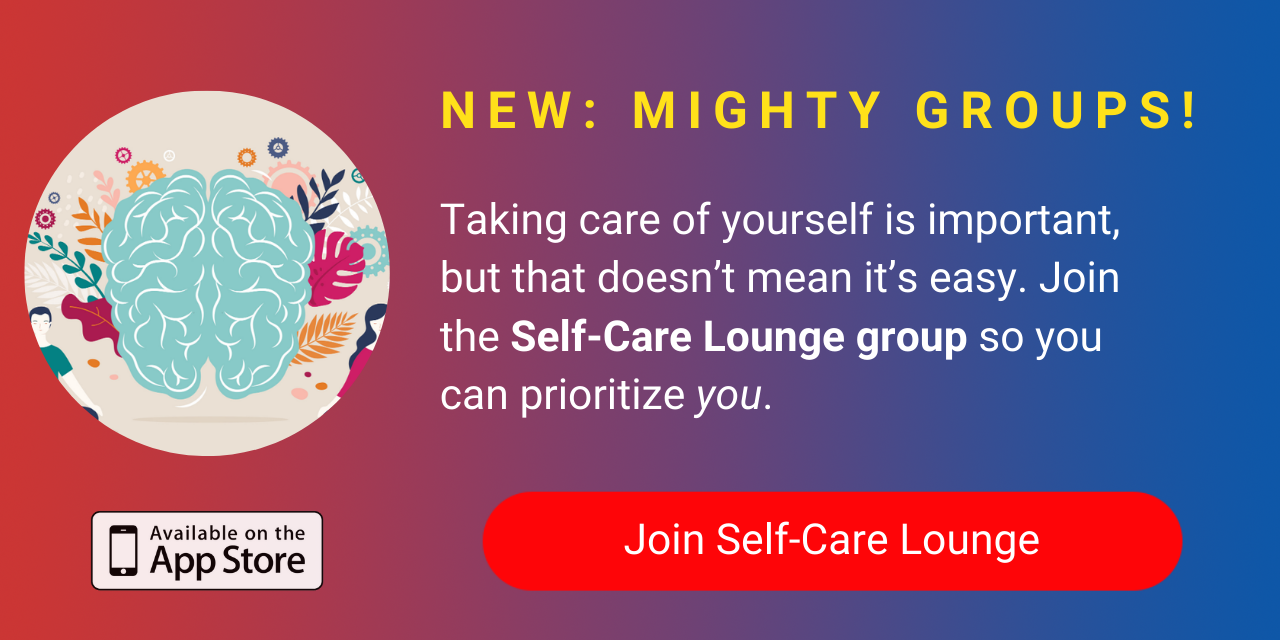Since developing chronic pain, I’ve been surprised by the generally unhelpful nature of the information given to me. My friends and family thought doctors would solve everything, but to be honest, they didn’t do much to help me, and physiotherapy didn’t work for me either. I’ve written this post to share some of the things that really did work for me, and that I wish I’d thought of trying sooner. Don’t worry, none of it involves some weird snakeskin oil on Amazon or anything like that — it’s all quite general stuff and best of all, it won’t cost you anything or take a large amount of time!
- What is Fibromyalgia?
- What Are Common Fibromyalgia Symptoms?
And no, I’m not going to do the usual and suggest you eat well, exercise and try to get a good night’s sleep.
Typical advice for managing pain can sometimes be quite depressing for those who have tried the suggestions already and not found them possible or helpful. So, time for some new ideas!
1. Analyze.
I first began properly analyzing on the advice of a speech therapist. She wanted me to map out the times of day when using my voice was painful and to note whether various things had positive, neutral or negative effects on it. Through this analysis, I discovered that steam inhalation helped, as did gargling, certain reflux medications and voice relaxation techniques, while other things didn’t help.
I continued this investigative approach for some time, playing around with the times I took medication (with my doctor’s approval) and the times I did inhalation and voice exercises. In particular, gargling and taking a particular prescription medication before making a phone call really helped, as did spreading out my reflux medications across the day and not talking in the morning until I’d done an inhalation and had a cup of tea to warm and moisten my vocal cords.
To get started, I’d advise you to make a chart with each hour of the day down one side and all the things you can think of that might influence your pain levels down the other. Then note in each box when you’ve done something and what your pain level was. This will help you find trends.
When I did this with the leg pain I experience, I discovered that doing things earlier in the day and resting in the evening allowed my leg pain to ease off before bed. Since pain when trying to sleep was the biggest issue for me, this was a great discovery.
If you have a chart like this, you can also use it to monitor the effects of medication changes or changes in physio exercises, and so on. You can note your pain levels out of 10 if you find that useful, or just describe it. By doing this, I’ve been able to clearly evaluate the effects of various insoles and changes to my routines. There is a possibility that your pain is truly random, but you won’t know unless you investigate it.
2. Find your limits and decide when to be flexible.
Once you are taking note of your pain levels and activity levels, you can more easily manage your pain. Of course, in some instances, you will not have control over triggers e.g. work or childcare responsibilities. You won’t be able to change some things. But you may still discover or think of adaptations that could help you at work or when caring for kids, such as ways not to do so much lifting (e.g. take files out of a box and lift individually rather than lifting the whole box) or ways to rearrange your time (e.g. taking kids to the park in the morning rather than afternoon).
Once you have done your best to arrange your medications and carry out activities in an optimal way, you can think about spreading your activities out over the day or week. For example, maybe you can do half an hour of cleaning daily rather than doing it all at once on Wednesdays. The usefulness of setting limits and spreading things out is that it may get you out of that boom and bust cycle where you constantly do a lot, get lots of pain and have to rest, then do a lot again. For some people, this will be unavoidable due to inflexible commitments but for many, it will be possible to exert some control.
While it can be annoying to have limits on how much you can do, it can also be amazing to have fairly stable pain levels and less unpredictability. You won’t need to cancel plans so much (if at all) and you may be able to stop using “flare-up meds.” Your friends, colleagues and family can also get some certainty regarding how much you can do.
You might also like to consider when you will be prepared to go beyond your limits and accept that you will have some flare up afterwards e.g. for friends’ birthdays, weddings, a favorite hobby, a work training day etc. If possible, you can then plan to take it easy on the following day(s), or take extra medication. There is a risk your life will become less spontaneous and fun if you follow your limits strictly: it’s up to you to weigh the pros and cons of such an approach.
3. Focus on pain-free parts of the body.
This technique is really obvious in a way, but it doesn’t crop up in many places. In fact, many will advise you to investigate the pain. This has some advantages. You may realize it’s not as bad as you thought and you may be able to observe it in a less emotional way, even noticing there are some pleasurable aspects to it, such as some warmth or tingling. However, what has really helped me is focusing on pain-free parts of the body.
Our mind tends to zoom in on pain. It wants us to be fully aware it’s there, presumably to encourage us to try to stop it. However, with chronic pain, this focusing is useless and unpleasant. Keep taking your mind to a different body part, if you have something that’s pain-free. It can even be a bit of a surprise to remember it’s not actually your whole body that’s in pain! And this may even help reduce the tendency of strengthened neural pathways to form between the painful body part and your brain. An alternative version of this is imagining a soothing sensation filling the area where you have pain.
And finally…
4. Remember that you are a hero, even if no one but you knows it.
Living with pain is often super hard, and many people will not understand that, but congratulate yourself every day for soldiering on. Treat yourself with love and compassion when you accidentally go beyond your limits. We all do it, regularly, and you shouldn’t blame yourself. Learn to let go. Cast off the ignorant remarks of ignorant people. Life’s too short. Seek support in those who understand, and try to educate people when you get the chance.
Getty image by Kateryna Kovarzh.


